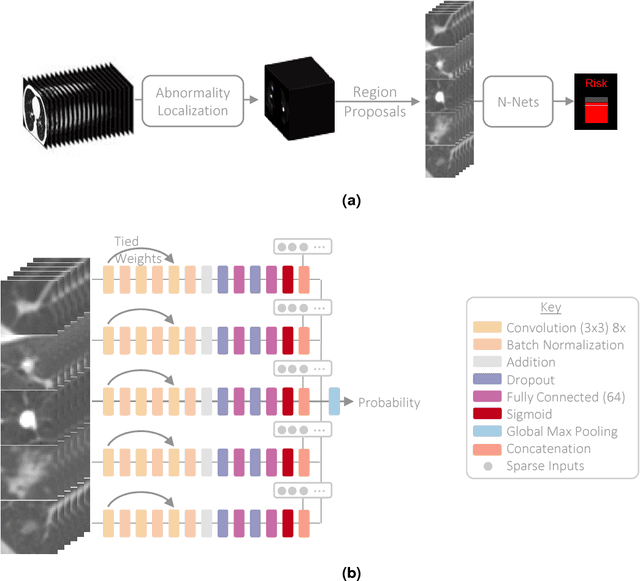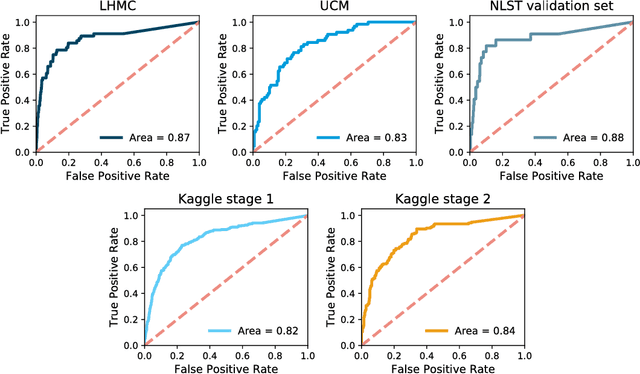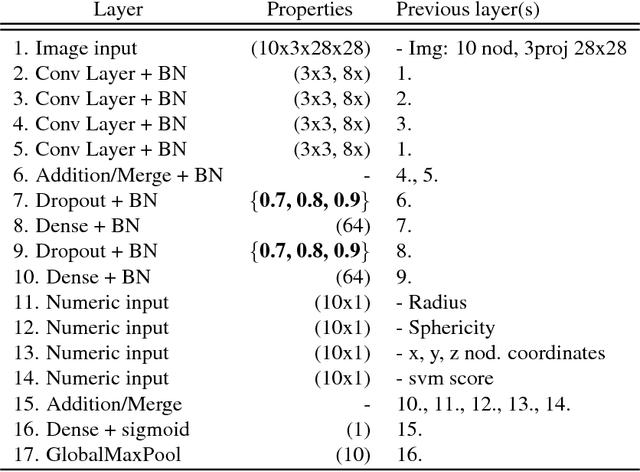Stojan Trajanovski
Core-sets for Fair and Diverse Data Summarization
Oct 12, 2023Abstract:We study core-set construction algorithms for the task of Diversity Maximization under fairness/partition constraint. Given a set of points $P$ in a metric space partitioned into $m$ groups, and given $k_1,\ldots,k_m$, the goal of this problem is to pick $k_i$ points from each group $i$ such that the overall diversity of the $k=\sum_i k_i$ picked points is maximized. We consider two natural diversity measures: sum-of-pairwise distances and sum-of-nearest-neighbor distances, and show improved core-set construction algorithms with respect to these measures. More precisely, we show the first constant factor core-set w.r.t. sum-of-pairwise distances whose size is independent of the size of the dataset and the aspect ratio. Second, we show the first core-set w.r.t. the sum-of-nearest-neighbor distances. Finally, we run several experiments showing the effectiveness of our core-set approach. In particular, we apply constrained diversity maximization to summarize a set of timed messages that takes into account the messages' recency. Specifically, the summary should include more recent messages compared to older ones. This is a real task in one of the largest communication platforms, affecting the experience of hundreds of millions daily active users. By utilizing our core-set method for this task, we achieve a 100x speed-up while losing the diversity by only a few percent. Moreover, our approach allows us to improve the space usage of the algorithm in the streaming setting.
Learning behavioral context recognition with multi-stream temporal convolutional networks
Aug 27, 2018



Abstract:Smart devices of everyday use (such as smartphones and wearables) are increasingly integrated with sensors that provide immense amounts of information about a person's daily life such as behavior and context. The automatic and unobtrusive sensing of behavioral context can help develop solutions for assisted living, fitness tracking, sleep monitoring, and several other fields. Towards addressing this issue, we raise the question: can a machine learn to recognize a diverse set of contexts and activities in a real-life through joint learning from raw multi-modal signals (e.g. accelerometer, gyroscope and audio etc.)? In this paper, we propose a multi-stream temporal convolutional network to address the problem of multi-label behavioral context recognition. A four-stream network architecture handles learning from each modality with a contextualization module which incorporates extracted representations to infer a user's context. Our empirical evaluation suggests that a deep convolutional network trained end-to-end achieves an optimal recognition rate. Furthermore, the presented architecture can be extended to include similar sensors for performance improvements and handles missing modalities through multi-task learning without any manual feature engineering on highly imbalanced and sparsely labeled dataset.
Towards radiologist-level cancer risk assessment in CT lung screening using deep learning
Apr 05, 2018



Abstract:Lung cancer is the leading cause of cancer mortality in the US, responsible for more deaths than breast, prostate, colon and pancreas cancer combined. Recently, it has been demonstrated that screening those at high-risk for lung cancer low-dose computed tomography (CT) of the chest can significantly reduce this death rate. The process of evaluating a chest CT scan involves the identification of nodules that are contained within a scan as well as the evaluation of the likelihood that a nodule is malignant based on its imaging characteristics. This has motivated researchers to develop image analysis research tools, such as nodule detectors and nodule classifiers that can assist radiologists to make accurate assessments of the patient cancer risk. In this work, we propose a two-stage framework that can assess the lung cancer risk associated with a low-dose chest CT scan. At the first stage, our framework employs a nodule detector; while in the second stage, we use both the image area around the nodules and nodule features as inputs to a neural network that estimates the malignancy risk of the whole CT scan. The proposed approach: (a) has better performance than the PanCan Risk Model, a widely accepted method for cancer malignancy assessment, achieving around 7% better Area Under Curve score in two independent datasets we have employed; (b) has comparable performance to radiologists in estimating cancer risk at patient level; (c) employs a novel multi-instance weakly-labeled approach to train the deep learning network that requires confirmed cancer diagnosis only at the patient level (not at the nodule level); and (d) employs a large number of lung CT scans (more than 8000) from heterogeneous data sources (NLST, LHMC, and Kaggle competition data) to validate and compare model performance. AUC scores for our model, evaluated against confirmed cancer diagnosis, range between 82% to 90%.
Personalized Driver Stress Detection with Multi-task Neural Networks using Physiological Signals
Nov 15, 2017

Abstract:Stress can be seen as a physiological response to everyday emotional, mental and physical challenges. A long-term exposure to stressful situations can have negative health consequences, such as increased risk of cardiovascular diseases and immune system disorder. Therefore, a timely stress detection can lead to systems for better management and prevention in future circumstances. In this paper, we suggest a multi-task learning based neural network approach (with hard parameter sharing of mutual representation and task-specific layers) for personalized stress recognition using skin conductance and heart rate from wearable devices. The proposed method is tested on multi-modal physiological responses collected during real-world and simulator driving tasks.
 Add to Chrome
Add to Chrome Add to Firefox
Add to Firefox Add to Edge
Add to Edge